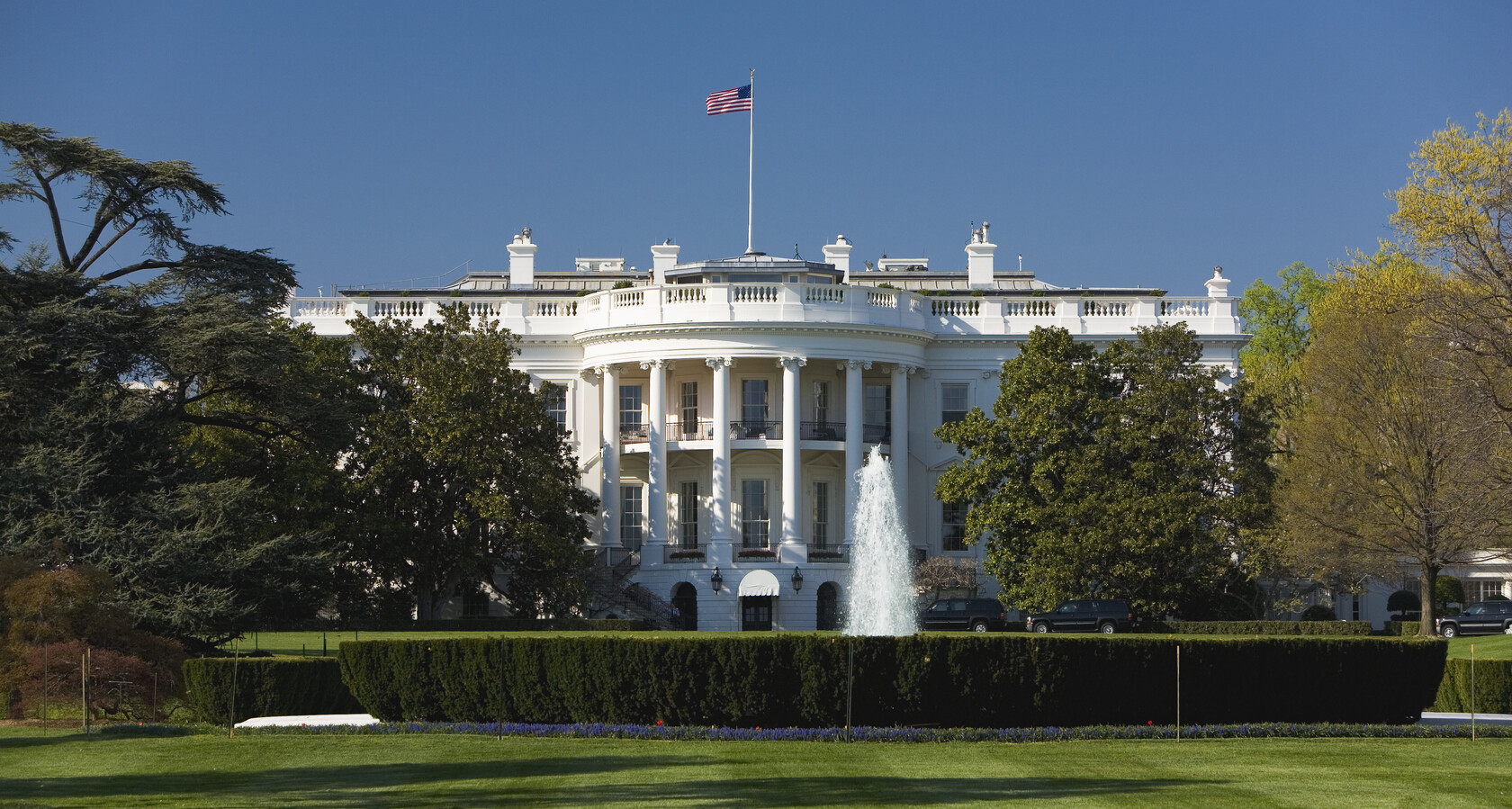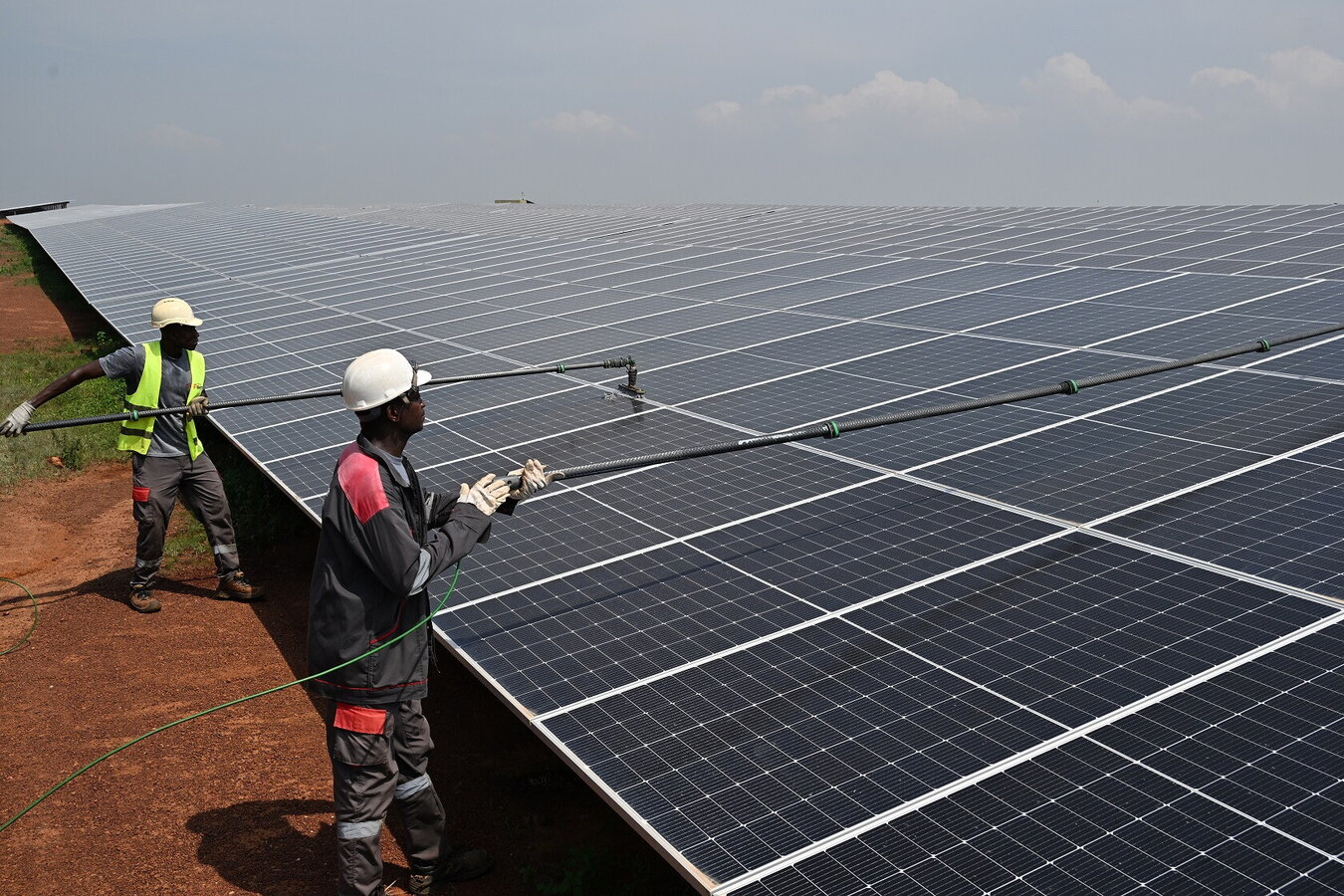
2024 U.S. Presidential Election
Energy in the race to the White House
The news that US President Joe Biden will not be participating in COP28 has put the spotlight back on the US commitment to meeting decarbonization targets and on the sensitivity of this issue in the internal American debate, on the eve of a presidential campaign that is already shaping up to be heated. This article was originally published in Italian on December 15, 2023
8 minI
n less than a year, on November 5, 2024, Americans will go back to the polls to elect their next president, who will take office on January 20, 2025. Doubts and disagreements of various kinds hover over the prospects of the energy sector, in light of the numerous measures adopted by the current administration on the low-carbon transition front. Measures also aimed at relaunching the national industry, channeled into sectors central to the modernization and efficiency of the State (infrastructure first and foremost), incentivizing domestic production and creating new jobs: these issues will be at the center of the presidential campaign and are also linked, on the international front, to the competition with China for tech supremacy.
The die is cast
In 2020, during the Democratic primaries, then-former vice president Joe Biden proposed his vision for a new economic, energy and industrial policy: a USD 1.7 trillion spending package, known as Build Back Better, which convinced Democratic voters more than Green New Deal proposed by Bernie Sanders, which instead envisaged investments of over USD 16 trillion. Once elected, however, Biden had to deal with an agenda partly overturned by events: the harshness of the post-Covid recovery, the frantic withdrawal from Afghanistan, the polarization of Congress, the Russian invasion of Ukraine. In an environment where inflation was starting to take its toll and the president's approval rating was weakening, the BBB lost momentum. Unable to get the whole package passed, Biden therefore opted for a selective split of the main provisions, which today seem to constitute the linchpin of the ‘new Trilemma’ of the US: development, national security, energy transition.
Biden's laws
The first law to be passed was the Infrastructure Investment and Jobs Act, a USD 550 billion infrastructure investment package to be implemented over a 10-year period, with the aim of increasing the competitiveness of the American industrial system. The planned interventions include the renewal of roads, railways and transport, with great attention to the modernization of the electricity grid, to which USD 65 billion are allocated. This was followed in August 2022, by the CHIPS and Science Act (USD 250 billion) for research and development and production of semiconductors in the Us—central to the competition with China—through attempts at reshoring or friendshoring, and export controls. The final piece in the puzzle for strengthening US industrial and infrastructural apparatus was approved by the Democratic majority of Congress in August 2022: the Inflation Reduction Act (IRA), which authorized spending of USD 891 billion over ten years with the aim of rebuilding the American economy. This massive program of investments, subsidies and tax breaks—reminiscent of industrial plans from other eras—combines environmental objectives with the desire to increase the technological level of American manufacturing while creating skilled jobs on US soil. In addition to significantly expanding tax breaks and credits to support both manufacturing of green technology and demand for the goods produced, the IRA incentivizes the implementation of a range of clean energy technologies—from solar and wind to hydrogen, biofuels and gigafactories.
Hic Rhodus, hic salta
A year after its entry into force, we can affirm that the IRA is the flagship measure of the Biden administration. While it has supported significant growth in investments in clean energy generation and storage in the US, some sectors—such as wind and electric vehicles (EVs)—are still far from reaching their targets. In the event of President Biden's re-election or, more generally, the Democrats remaining in the White House, we could see an attempt to approve a new version 2.0 of the IRA, with the aim of completing the Build Back Better by strengthening investments in green job training programs, incentives for clean electricity production and a tax credit for electricity grid development and expansion projects. The new tax incentive programs would however face strong obstruction, particularly in the Senate: to date, in fact, the most likely scenario is that Republicans will retake the Senate and Democrats will reassert themselves in the House. That's why a Democratic administration would likely focus on permitting reforms for renewable energy projects and on the introduction of carbon border adjustment mechanisms.
What if a Republican wins?
What would happen, on the contrary, if a Republican won? As mentioned, the IRA is a program that foresees a 10-year duration to reach its full potential, and the next administration will play a key role in its implementation. A Republican victory in the 2024 presidential election could put a damper on incentives and tax credits, as demonstrated by the attempt by several Republicans in Congress to repeal many of the key provisions of the law, which would be unlikely to see a second version. This would risk further distancing the US from reaching its climate targets, which foresee a 50-52 percent reduction in emissions by 2030 compared to 2005. According to an analysis published by the research group Rhodium Group, the implementation of the IRA would reduce the greenhouse gas emissions produced by the United States by approximately 42 percent, while in the event of non-implementation of the measure, emissions reductions would be just 26 percent.
The China factor
Beyond the incendiary rhetoric that will characterize the electoral campaign, we cannot be sure that even the Republicans won’t have second thoughts: according to a study by Bloomberg, Republican-led states are those that have benefited most from the IRA, leading governors and citizens to judge it increasingly positively. This means it is likely that any ‘repeal’ impetus will focus on the IRA measures most closely linked to climate (and therefore most polarizing), such as the Greenhouse Gas Reduction Fund, which includes USD 27 billion to fight the climate crisis, and increased taxes on O&G activities. Furthermore, on both sides there is a growing awareness that the investments envisaged by the IRA are also very useful in increasing the competitiveness of the United States with respect to China, a theme that has an increasing weight in the growing complexity of the international framework. Indeed, relations with China are one of the few strategic priorities shared at a bipartisan level, in an otherwise increasingly polarized political arena. This competitive relationship, with deep roots and destined to persist over time, today more than ever places the emphasis on high value-added production chains, innovation, the race for raw materials for the transition and the technologies of the future. These are all areas in which China is currently well positioned, if not ahead of the US. This is one of the dossiers destined to remain at the top of the US agenda regardless of the political color of the next president.

